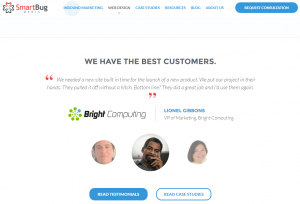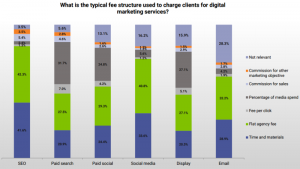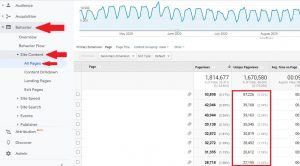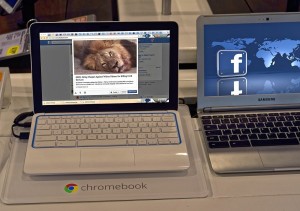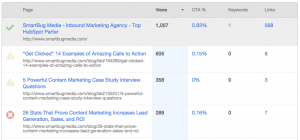When implemented thoughtfully, remote work can be incredibly beneficial for employees and employers alike, affording increased work-life flexibility, eliminating commuting, and upleveling productivity for many. However, the sudden nature in which practically every business was forced to implement remote work en masse earlier in the year due to the coronavirus certainly, and understandably, made thoughtful implementation difficult.
Remote work amid the COVID-19 pandemic has presented a myriad of challenges for IT staff across the country, but in some ways, the post-pandemic workplace will be even more complex, as not every employee will return to the office at once, if ever again. According to Glassdoor, 67% of employees said they would support the decision by their employer to work from home indefinitely due to COVID-19. For IT administrators, keeping organizations connected and secure amid a much more varied and complex work environment is of paramount concern; for the companies themselves, they are faced with the task of providing resources to enable such seamless support in what amounts to one of the most challenging IT environments of our lifetimes.
Step one for IT staff is setting expectations. It’s vital to coordinate with company leaders and give all employees a full understanding of what the “return to the office” will look like, and how it will unfold. I think it’s safe to say most companies are not operating today as they were at the beginning of the year, and so nothing should be taken for granted as being obvious. Although other departments have important communications roles to play, the success of most companies’ transitions in many ways falls on IT’s shoulders and how well they think through next steps and long-term goals. I would also note that during this period of partial reopening, not only will internal processes require careful consideration, but external customer demand may also increase unevenly. Being ready for that, and keeping adequate resources available, is of utmost importance.
Step two is appreciating that, as we recover from COVID-19, the workforce will look different, and I don’t just mean working from home versus working from the office. Over the past few months, the ongoing trend toward enterprise collaboration and communication tools has accelerated dramatically. Raise your hand if you’re far more comfortable video conferencing today than you were three months ago, for example. A more virtual workplace model has taken root, as COVID-19 has hastened the pace of automation and technology in the office. This shift requires even more employee training than the pre-coronavirus era as tasks. It also calls for more expertise and IT staff to build and maintain cloud services and networks to allow each device, and each employee, to talk to each other and share information.
A crucial consideration as we migrate to a more remote working environment is IT security. Security, and the mobility afforded by secure remote work, go hand-in-hand, and increased workplace mobility requires the subsequent increase in IT risks to be addressed. With an ocean of devices for the average business being connected in some way, there is no higher priority for IT administrators to ensure their mobile workforce is a secure workforce.
Organizational security generally warrants a two-pronged approach, and the first prong is employee awareness, as IT administrators and security professionals can only do so much. Working from home already posed significant challenges, especially due to the emergency manner in which we were all dispersed earlier in the year. Sadly, there has been a clear trend of COVID-19-themed phishing attacks, which prey upon our innate fears to lure us into engaging with hidden malware. Employees must be properly informed about these potential risks, and immediate measures must be taken.
The second prong is device awareness. For example, as simple as it may sound, it’s critical for IT administrators to always stay current with their firmware and implement the latest software updates. Just because it’s simple doesn’t mean it’s not important! Device awareness is also essential for business continuity. Today’s mobile workforce is empowered by the proliferation of smart devices, from laptops to smartphones to printers and scanners, but personal devices may not have the same capabilities as their corporate counterparts, nor the same maintenance requirements. IT personnel need to know who is using what, when, why, and how for both security and knowledge-management purposes. From an IT perspective, the modern workforce has, in many ways, emerged from the coronavirus pandemic even more resilient. While it is true that returning to the office will be fraught with complexity for many businesses, by being open and honest about the IT challenges that this new, hybrid workforce represents, as well as leveraging smart security policies, IT staff can greatly smoothen the transition.
Business & Finance Articles on Business 2 Community(18)

